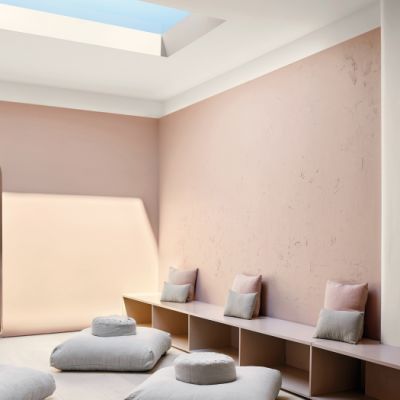Five of the most exciting innovations in home technology
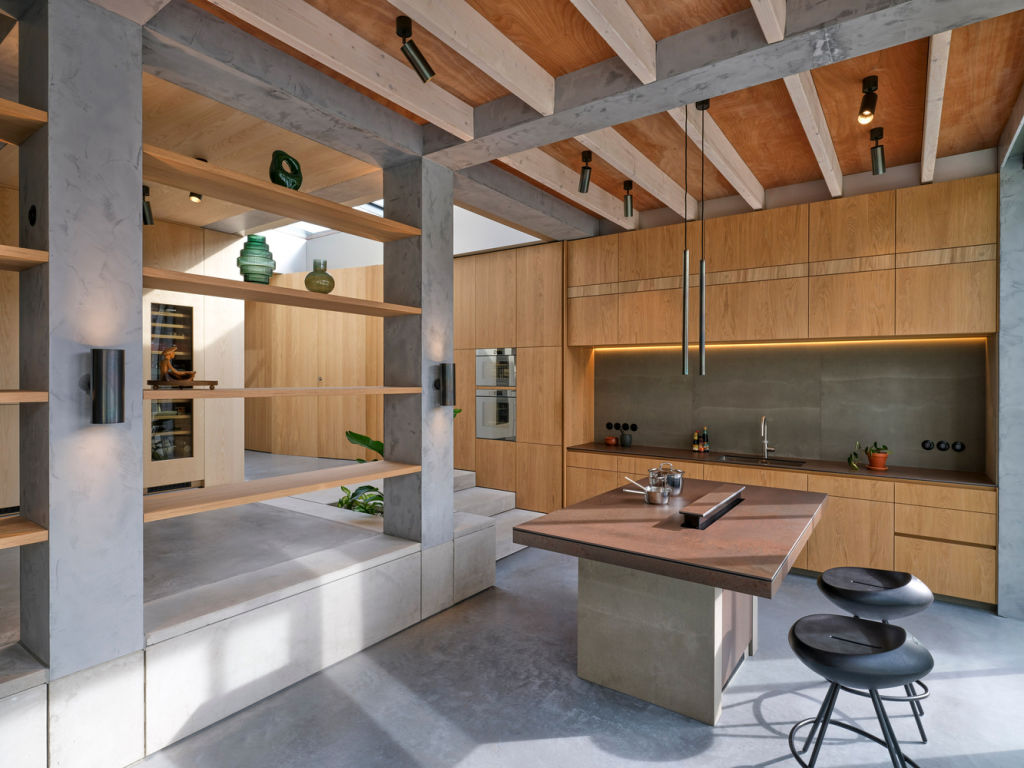
Technology is playing an increasingly central role in all aspects of our lives.
Clever gadgets help us around the home with everything from cooking and cleaning to energy efficiency and security. A recent study revealed that 7.6 million Australian households had at least one smart-home device.
“Australians have a large number of connected devices within their homes already and they’re getting more and more understanding of how those devices can be brought together to deliver benefit,” says Jeremy Senior, vice president of consumer electronics at Samsung.
From AI-equipped ovens to dry-cleaning wardrobes and digital door locks, here are some of the latest innovations in home tech.
AI-powered kitchens
Some of the newest kitchen appliances not only cook your food but can recognise ingredients, suggest recipes and allow you to monitor and control them from afar.
Samsung’s new Built-In Cooking range includes an oven with Wi-Fi connectivity and an AI camera that can streamline your cooking when paired with the SmartThings app.
“When you place [an ingredient] into the oven, it can detect a number of different types of dishes and provide you recommendations on the cooking times and temperatures for those specific dishes,” says Senior.
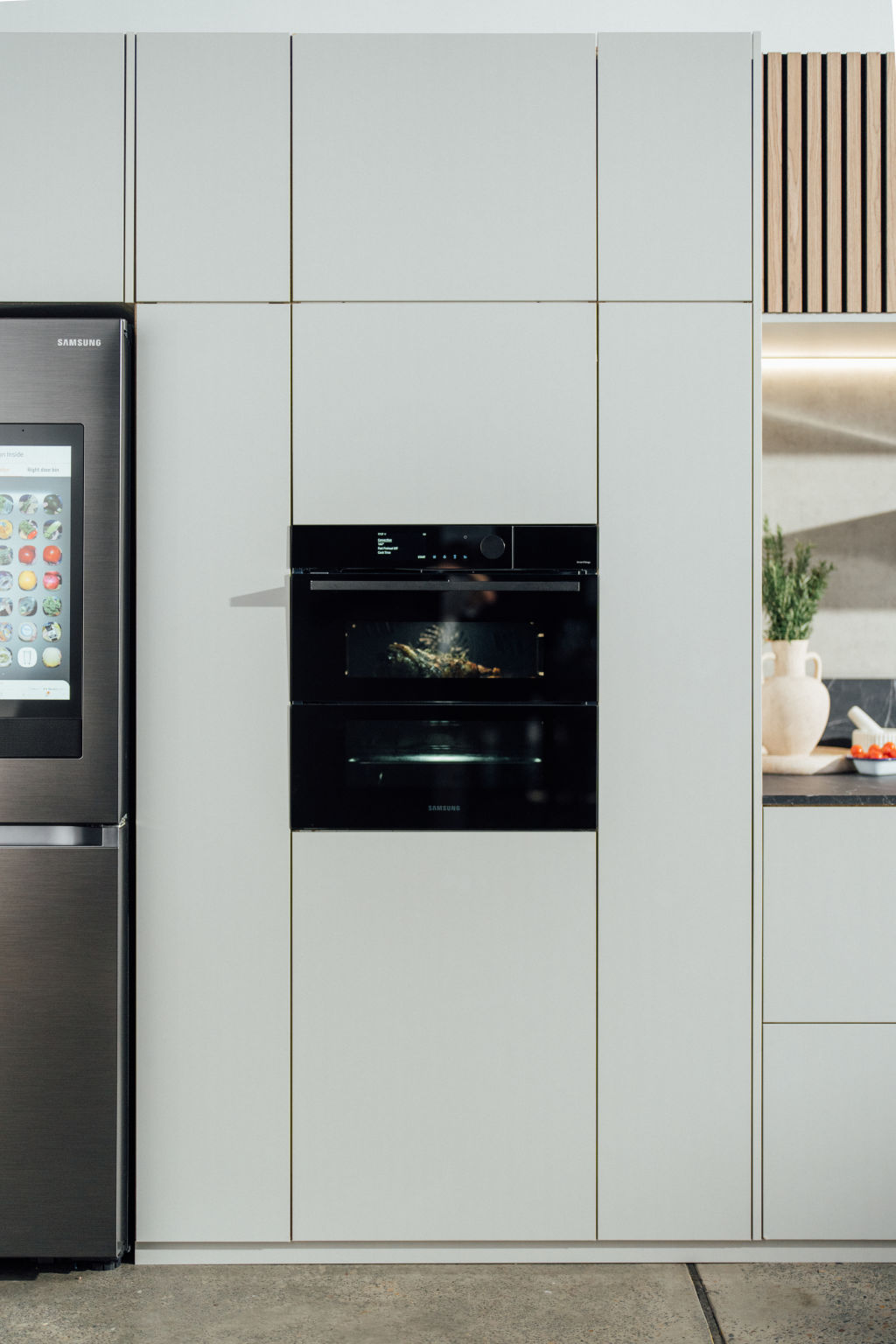
“Additionally, it allows you to monitor the cooking that’s going on within the oven from your smartphone or connected device without the need to constantly open the oven door and check inside.”
The app can also alert you if your food is at risk of burning and allow you to turn your oven on or off remotely.
“If you’re away from the kitchen … you can simply pull out your smartphone, turn on the oven and get it pre-heating,” says Senior.
Steam wardrobes
Refresh and de-wrinkle your clothes without visiting a dry cleaner or pulling out the iron with a steam wardrobe.
These sleek cabinets, which look like a cross between a wardrobe and a fridge, use steam to deodorise, sanitise, smooth and gently dry clothing items between washes.
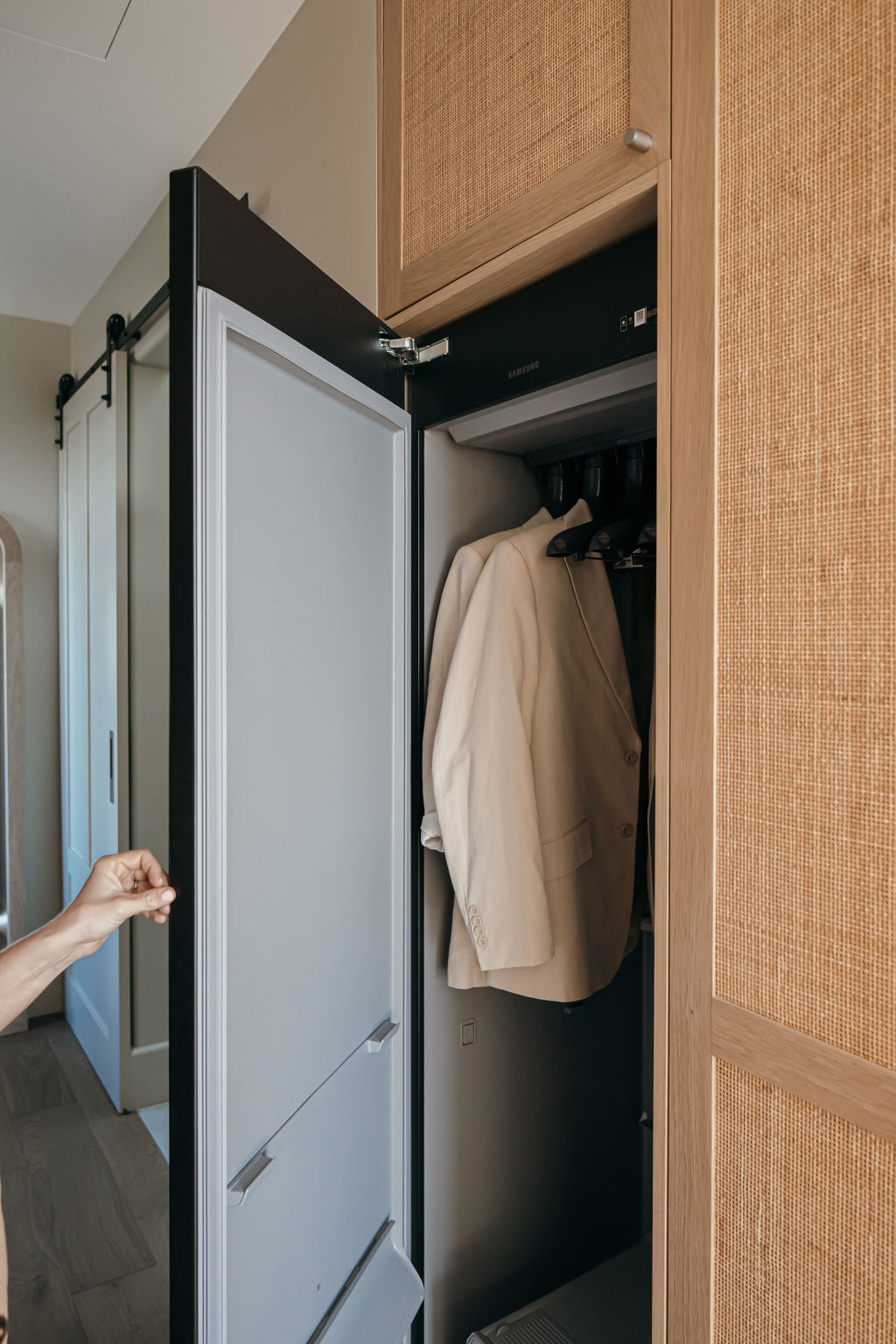
“You hang your clothes and it deodorises them and takes away any smells,” says interior designer Anna-Carin McNamara, who included V-ZUG’s RefreshButler in her plan for a recent project. “It’s on many people’s wish lists.”
There are now several of these wardrobes on the market, including LG’s Styler, Fisher & Paykel’s Fabric Care Cabinet, and Samsung’s AirDresser, which ex-Block contestants Kyal and Kara included in their latest renovation project.
Invisible cooktops
Maximise bench space and style with an invisible cooktop.
TPB Tech’s Invisible Induction Cooktop has an induction system embedded under a porcelain benchtop surface. It allows you to cook directly on the bench and use the whole surface space to prep food or serve your meal at other times.
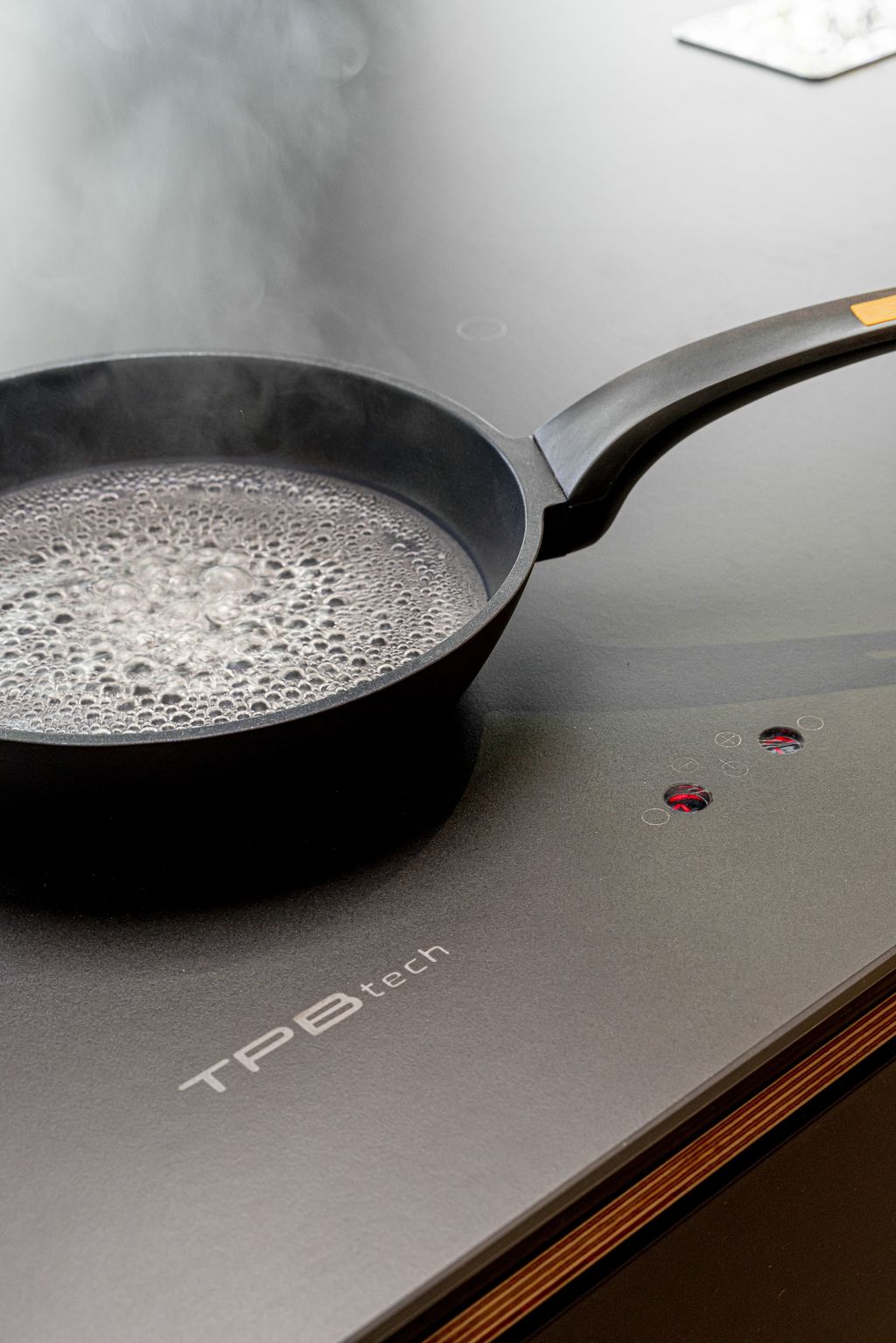
The system uses a magnetic field to heat cookware directly rather than heating the surface. Touch controls are incorporated for a seamless look, and a wide range of finishes is available.
McNamara can see this technology being used within more kitchens in the future.
“Induction is obviously becoming more and more common … but then to not even have to see it, to me that’s a massive bonus,” she says.
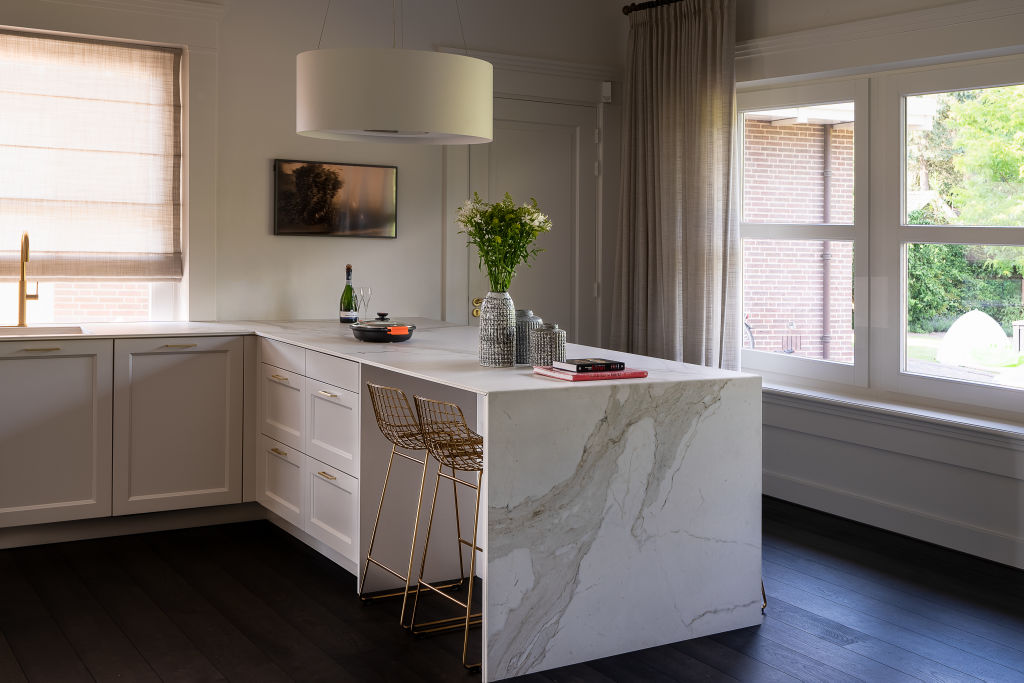
Energy-saving devices
Home automation expert and director of Your Smart Life, Luke Coulter, says that saving energy is one of his clients’ top motivations for exploring smart home solutions.
“[That’s] both from an environmental impact side as well as reducing costs, because energy bills are getting higher and higher,” he says.

Smart thermostats can improve energy efficiency by synchronising heating and cooling with your schedule, allowing you to control air conditioning remotely, and even switching off appliances automatically when you leave the home.
Energy-tracking apps that connect to your smart appliances can also help you monitor and control your energy use.
High-tech security
Home security has improved greatly in recent years, with some of the latest systems integrating AI that can identify people from video footage in real time.
When connected to a compatible camera, Apple’s Home system, for example, can use face recognition technology to identify people you’ve tagged in your photo library.
“It’ll identify who it is and it can take different actions whether someone’s known or not known to the house,” says Coulter.
Digital door locks, which allow you to open your doors through an app or with a digital key stored in your mobile wallet, are also becoming more common. In addition to preventing the pain of losing your keys, these allow you to grant visitors temporary access to your home with ease.
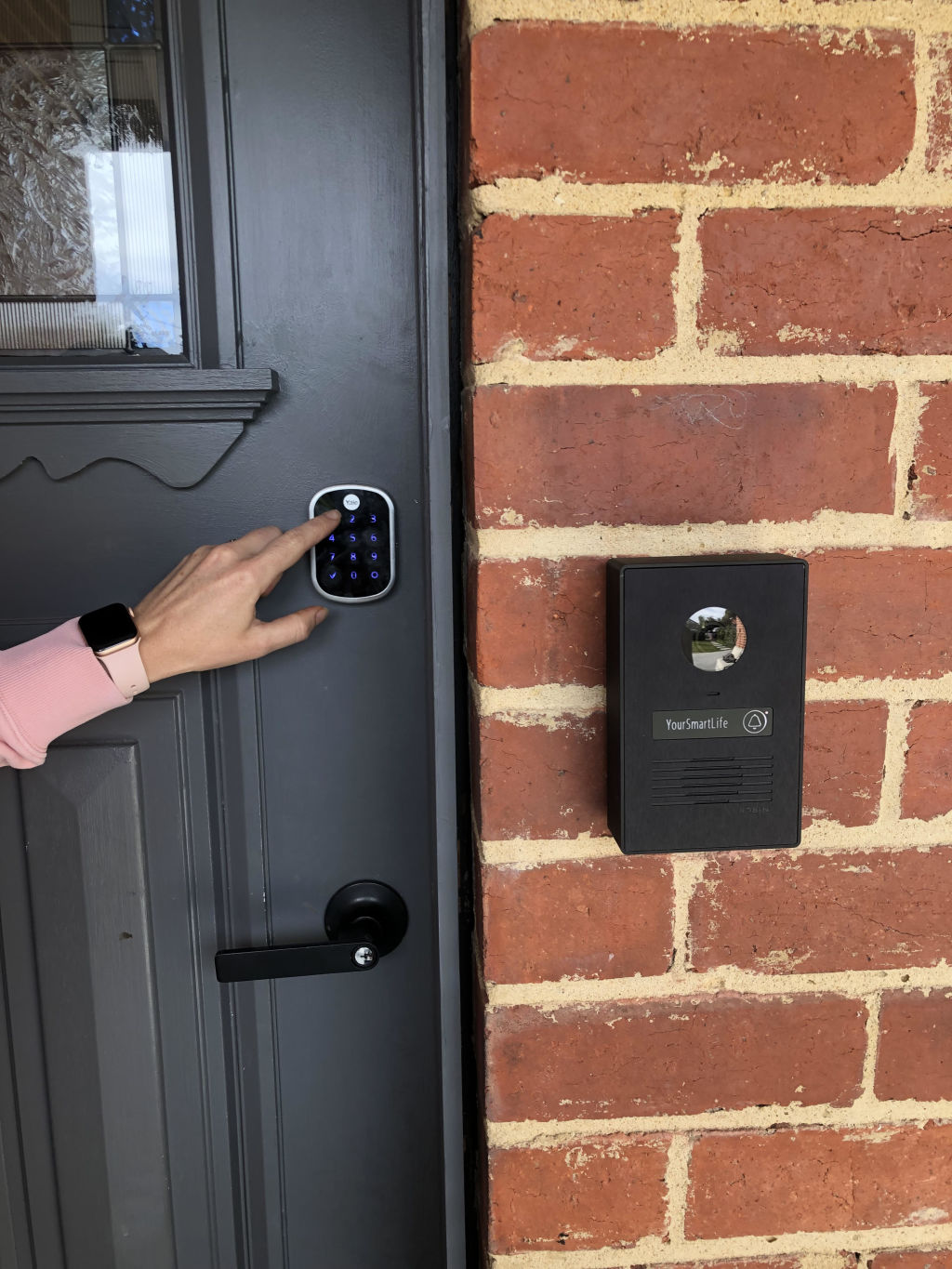
“It’s probably the most affordable, high-value thing you can do,” says Coulter, who typically uses Yale or Aqara products in his projects.
With smart home technology becoming cheaper and easier to use, he says we will likely see more of this connectivity and automation within our homes in the future.
“It used to be more for the very high-end, where it’s becoming more so now that everyday people can afford to automate their home.”
We recommend
States
Capital Cities
Capital Cities - Rentals
Popular Areas
Allhomes
More
- © 2025, CoStar Group Inc.

/http%3A%2F%2Fprod.static9.net.au%2Ffs%2F221eafa5-9983-4034-83cc-17674106007b)
